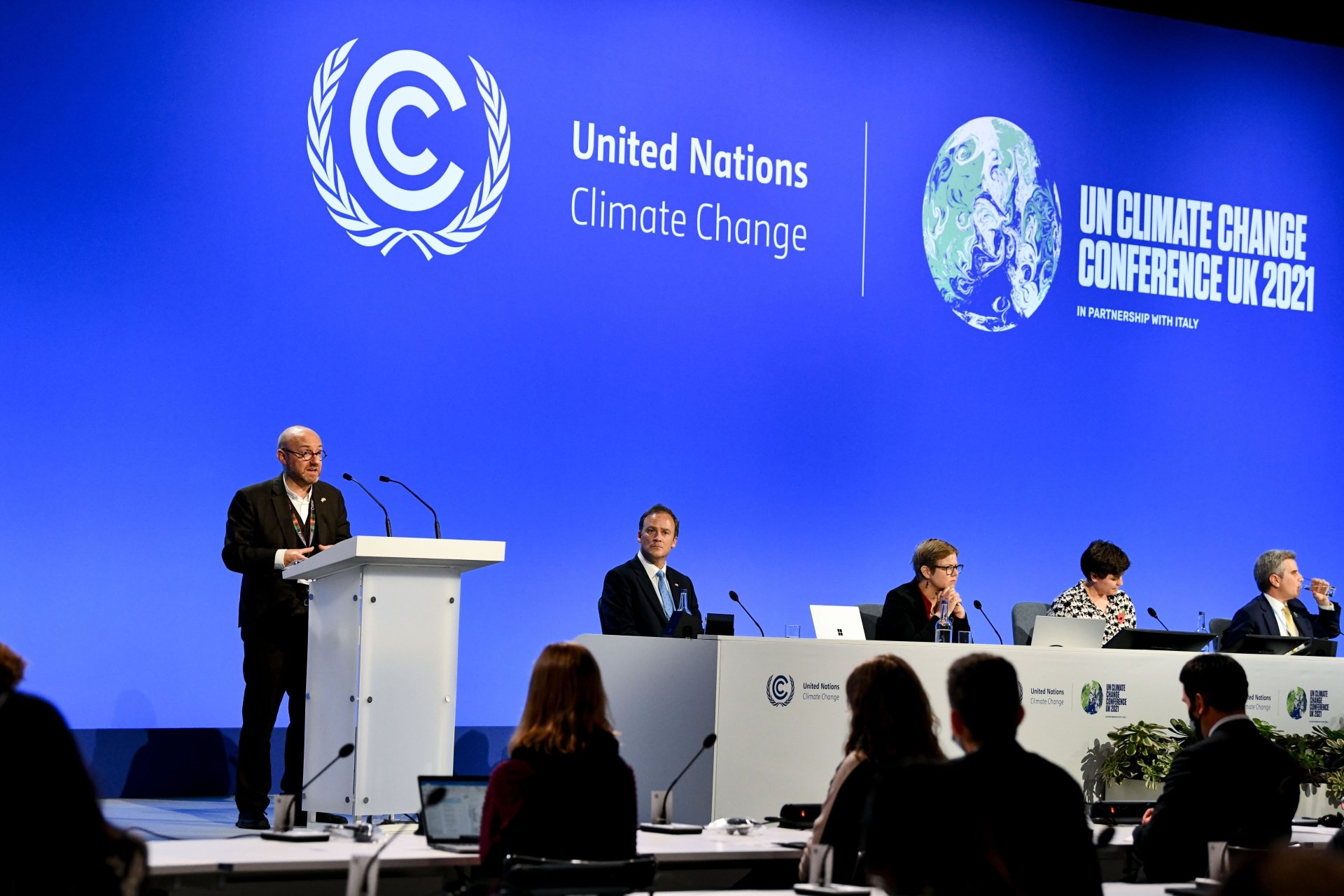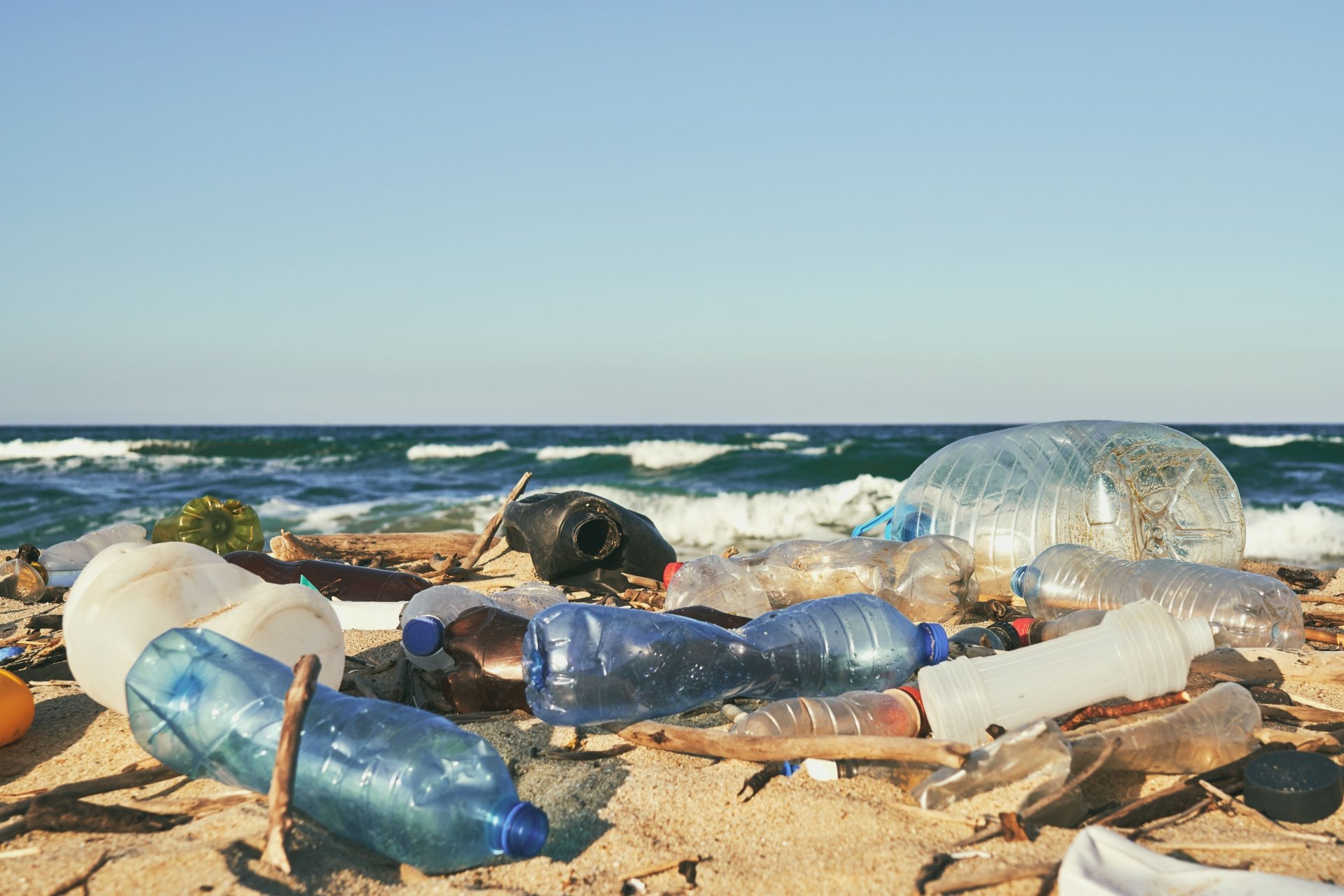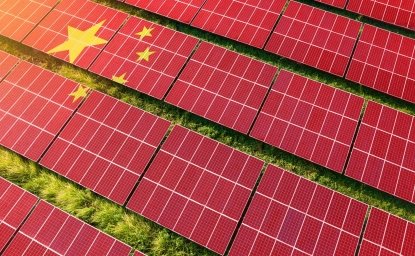Critical Challenge for the U.S. | Finding Climate as Common Ground
When it comes to climate emissions, the United States and China are jointly responsible for 40% of the world’s carbon emissions. A common U.S. and Chinese “dream” of aggressive climate action will determine the world’s fate in avoiding the worst climate change scenarios. The U.S.-China relationship has been fraught with conflicts. However, climate and environment have long been a channel for dialogue between the two, which can be good for the planet and act as a diplomatic lifeline when other parts of the relationship are fraught with tension.
Globally, the momentum is towards greener and cleaner development, and we know the United States can take action. In the run-up to COP 26 hosted in Glasgow in late 2021, the United States and Europe signed a new methane agreement. At the summit an 11th hour U.S.-China declaration to also reign in methane emissions was presented. This is creating a multilateral platform that could ease Sino-U.S. climate cooperation.
Domestic climate action will give the United States the moral authority needed to meet the foreign policy challenges of climate change. President Biden can host a Leaders Summit on Climate, but ultimately Congress must pass laws that deliver results. Xi Jinping has vowed to “green” the Belt and Roads Initiative (BRI) and drastically reduce CO2 emissions at home. Europe is pursuing its Global Gateways development scheme to invest in climate friendly development in poorer countries, while leading the world on decarbonization at home. Cooperating, or even engaging in healthy competition with China and the EU on clean energy will yield greater impact than actions pursued alone.
If the United States continues to make promises while failing to take action on climate, then we will not have a say in the rules of the future green global economy, nor will we have the same access to—and dominance of—many of the markets that we currently enjoy.
Three Things to Watch

1. U.S.-China Climate Cooperation to Build a Better Future
At the 11th hour of the Glasgow Climate COP, the U.S. and China unveiled a new climate declaration that highlights common ground on controlling methane emissions, expanding policies to integrate renewables and increase energy efficiency, and decarbonizing the Global South. With ongoing tensions over trade, human rights, and cyber security, this agreement may seem surprising, but climate and environmental diplomacy between the two countries has maintained a steady dialogue for nearly 40 years. While vague in parts, the agreement could help rebuild trust. As the U.S. and China are the world’s carbon superpowers, their collaboration generates new ideas and technology to accelerate global climate action. Domestic policy roadblocks will inevitably complicate progress on climate collaboration, but competition on EVs, battery storage, and more could also fuel vital progress in reducing greenhouse gas emissions.

2. Can China Green its Belt and Road Initiative?
Since 2013, half of China’s $1.2 trillion in Belt and Road Initiative (BRI) investments went towards building fossil fuel plants in the Global South. Other investments cut down forests, dammed rivers, and paved wetlands. The environmental and social consequences of these BRI projects are sizable and public concern is growing. This is not lost on Beijing: Xi Jinping recently announced an end to overseas coal investments and hosted summits on greening BRI and shifting to a “softer” BRI in healthcare, connectivity, and services. Nevertheless, existing BRI projects have long lifespans with significant carbon emissions. If BRI countries
continue to follow traditional high-carbon development pathways, global temperature rise will exceed 2.7°C even if Paris climate goals are met. Build Back Better and Great Reset policies could spur the competition and accountability that China needs to truly “green” its BRI.

3. Closing the Loop on Plastic Waste to Protect Oceans and the Climate
For years China has been perceived as the world’s largest source of ocean plastic leakage, but a recent National Academies study found that the U.S. is number one in single-use plastic waste generation. With its 2018 ban on plastic waste imports, China completely altered international waste trade. Domestically, China is moving aggressively on plastic bans and mandated waste collection and sorting while in the U.S. subnational plastic action has been more fast-moving. Scientists and activists are
increasingly vocal on the need to do more. By 2030, single-use plastics are on track to consume more than 10 percent of the global carbon budget. Instead of competing for the plastic top spot, the U.S. and China could endeavor to be global leaders to close the loop on plastic waste.
Contributors


Director, Institute for Public and Environmental Affairs, China


China Environment Forum
China’s global footprint isn’t just an economic one, it’s an environmental one. From BRI investments in Africa and Asia to its growing presence in Latin America, understanding China’s motivations, who stands to gain - and who stands to lose - is critical to informing smart US foreign policy. Read more

Explore More
Browse Insights & Analysis
China’s Role in Financing the Energy Transition in the Global South





